New Star Wars Weapons for Navy, USAF, USA & local police!
October 31, 2010 by Wilm
Filed under Local News
Creech AFB recently invited a selected group to a showing of some new UAV technology. Terrorist UAV’s used against Israel, UAVs we’re using now and stuff recently off the drawing board and in production.
Here’s a special treat for our readers courtesy of Seal Beach pilot, Jerry Rootlieb. Photos and commentary of new unmanned weaponry that was shown by Colonel Chris Chambliss, Commander of the 432nd (UAS) Wing at Creech AFB were sent to Jerry by his friend Bud Kiesow.
All of the Air Force’s unmanned drones are now operated from Creech Air Force Base, 45 miles northwest of Las Vegas at Indian Springs. They used to run out of Nellis AFB and now have their own Wing at Creech AFB
Some of his comments:
-“It’s the most deadly remote controlled plane in the world.”
–“Pilots fly it like a teenager playing a video game.”
–“Airmen at Creech AFB can control the Predator drone and the second generation Reaper anywhere in the world.”
Col. Chambliss went on to say “Since at least 2001, Predator’s have been airborne 24/7, primarily over Iraq and Afghanistan. There has never been a time since 2001 when they weren’t in the air.”
The unmanned program is so successful it’s now under the command of the Air Force. “We are going to increase the number of combat air patrols that we fly with it and the number of hours astronomically” Col. Chambliss said. This year the Predator drone will fly 75,000 hours — up 20-percent from last year.
What a different perspective on future combat roles!
Here’s some photos from the present and the future: Flight of the Extreme UAVs – From Smallest to Deadliest
Most Famous
The MQ-1 Predator was an evolution of the earlier Gnat-750. Originally intended purely for reconnaissance, it was later armed with a single Hellfire missile. This combination appears to be extremely effective at precision strikes according to the Department of Defense, which claims a success rate of “nearly 100 percent.” Predators are used by both the Air Force and the CIA.
The MQ-9 Reaper is a scaled-up version of the Predator, larger, faster and more powerful. Reaper was designed from the outset as a hunter- killer. It can carry up to 14 Hellfire missiles or other weapons such as the 500-pound, laser-guided bombs shown. The 432nd Wing of the U.S. Air Force was activated to operate MQ-9 Reaper on May 1, 2007. Photo: U.S.Air Force
Widest Range RQ-4A Global Hawk is the Air Force’s endurance drone, able to cruise at around 400 mph for 35 hours. It has an operational ceiling of 65,000 feet, and from this altitude it can scan an area the size of Illinois (40,000 nautical square miles) in just 24 hours. It is equipped with radar and infrared, as well as optical sensors.
Stealthiest The Joint Unmanned Combat Air System demonstration program, or J-UCAS-D, is intended to be the forerunner of the next generation of stealthy robot-strike aircraft. Its geometry and radar-absorbent materials make it difficult to impossible to spot on radar, as well as making it look “badass.” Operating from aircraft carriers, the UCAS-D could fulfill the Navy’s goal of an aircraft that can carry a payload (such as bombs) of up to 2,000 pounds, plus an extra 2,500 pounds externally when stealth is not required. A typical use would be to send unmanned drones in as a first wave to take out enemy air defenses and clear the way for manned aircraft.
Most Welcome
The CQ-10 Snow Goose is a parafoil-wing UAV for carrying medical equipment or other urgent supplies to Special Forces operating in unfriendly territory. The flexible wings are made of textile, like a parachute. The Snow Goose can be launched from the ground or from the loading ramp of a transport aircraft. Range and payload are inversely proportional; the CQ-10 can carry a 75-pound payload for 200 miles, or 500 pounds for a shorter distance depending on launch altitude and wind speed.
Most Alarming The MIRSAD-1 drone has been flown over Israel by the Lebanese militia group Hezbollah (mirsad means “ambush” in Arabic). It may be armed; Hezbollah has claimed that it can be loaded with a warhead of 40 to 50 kilos (90 to 110 pounds) of explosives, turning it into a flying suicide bomber able to reach anywhere. The Israeli Defense Force shot down two similar drones in 2006.
Toughest
The Battle hog 150 is intended to meet the Marine Corps requirement for a vertical takeoff drone capable of operating from aircraft carriers. It can fly at over 300 mph with a payload of 500 pounds, with armaments likely to include Hellfire missiles, rocket pods and 7.62-mm mini-guns. The Battle hog series is designed to be as robust as possible, being able to withstand small-arms fire from close range. The drone is steered entirely by moving the two wingtip fans, so there are no vulnerable flight controls. Image: American Dynamics Flight Systems Wingspan
The Killer Bee is part UAV, part missile. It’s intended to be deployed in ‘constellations’ of many vehicles work- ing cooperatively. These swarms can be used for either reconnaissance or for attack with up to 30 pounds of weapons per drone. The Killer Bee is designed so several can be stacked together in the cargo bay of an aircraft or in a truck, maximizing the number that can be carried.
Carrier Copter The MQ-8 Fire Scout made by Northrop Grumman is operated by the U.S. Navy and can make an automated landing on a moving aircraft carrier. Typical missions include surveillance, locating targets and directing fire. There have also been weapons tests with a Firescout armed with 2.75-inch rockets. The U.S. Army has now shown interest in having its own version.Though nine MQ-8 vehicles are in the flight-test stage, the model is not yet operational. The Navy plans to eventually have a fleet of 168. Photo: U.S.Navy
Honeywell MAV, or micro air vehicle, will be an integral part of the U.S. Army’s Future Combat System, giving reconnaissance capability to front-line troops. The small ‘Class I’ version seen here will be back-packable. It has a planned weight of 20 pounds, and is capable of a 50-minute mission spying on locations up to half a mile away. The vertical takeoff and hovering capability make it well-suited to the urban canyons of the modern battlefield.
This is my favorite. Looks almost like a large moth. A most versatile morphing micro air/land vehicle, or MMALV, is a hybrid that can fly, then land, fold up its wings and crawl around buildings or other tight spaces. The MMALV project is lead by Bio Robots, in collaboration with the Biologically Inspired Robotics Laboratory at Case Western Reserve University , the University of Florida and the Naval Postgraduate School . Photo: Richard Bachmann, Bio Robots
The German-made Micro drone is equipped with GPS, a camera and a loud-hailer to give instructions to those on the ground, and is currently being tested by police in the UK . This type of UAV is the one you’re most likely to see hovering around your neighborhood. Its quad-rotor design is intended to make it resilient — Micro drone can return to base with just two rotors. Law-enforcement officials hope the Micro drone can carry out some of the tasks of police helicopters, but at a fraction of the cost.Photo: Micro drones
Originally used for tracking schools of tuna, the Scan Eagle drone is used by the Marine Corps in Iraq , where various versions of the model have flown several thousand hours of missions. It has a stabilized, gimbaled camera turret that can be fitted with either daylight or infrared imagers. No runway is required; instead it is fired aloft by a pneumatic launcher and retrieved by a rope-and-hook arrangement where a crane snags it out of mid-air
IF YOU WANT TO PASS THIS ON TELL YOUR EMAIL FRIENDS TO GO TO <whatsupinsealbeach.com> It will also be available in our archives under October 2010


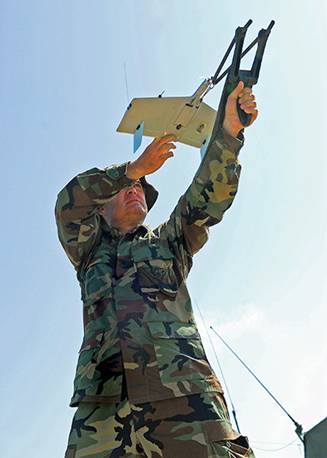
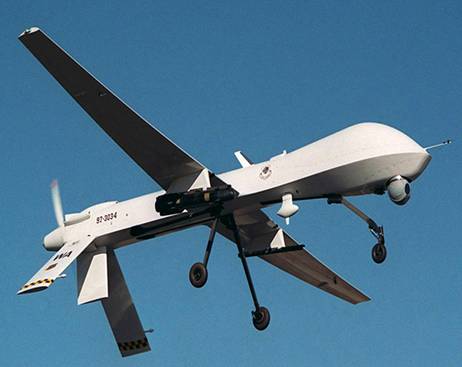
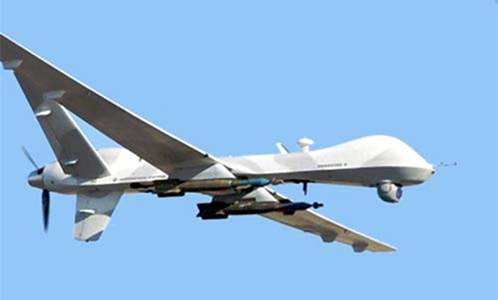
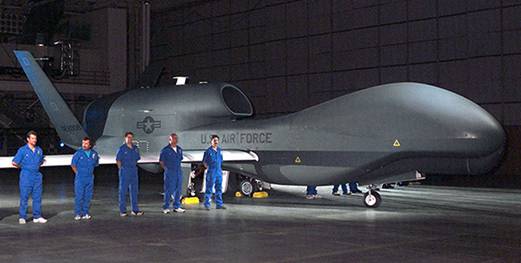
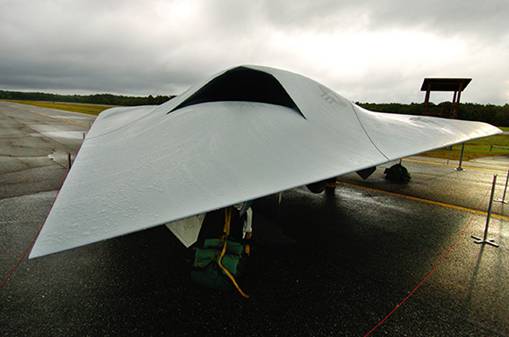
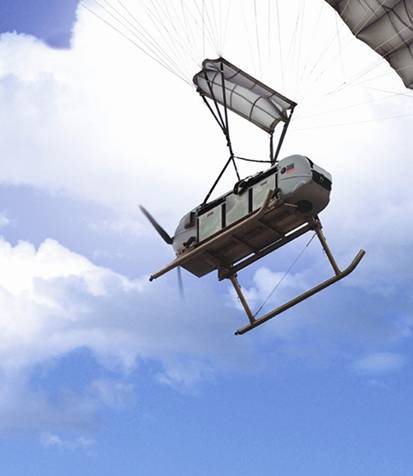

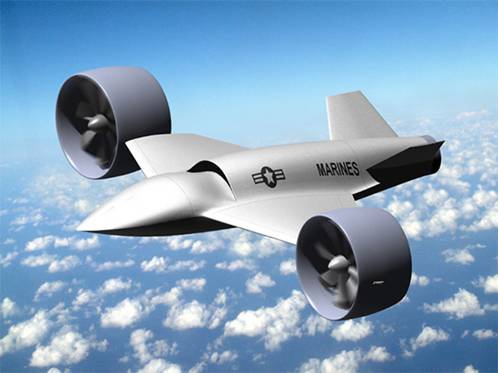
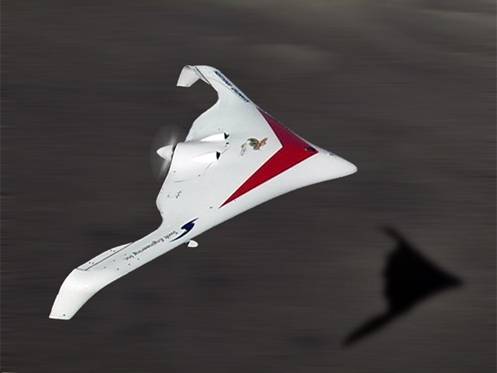
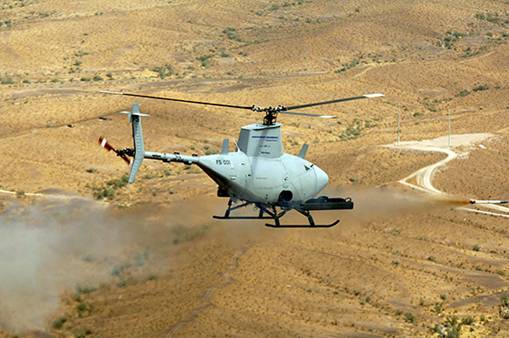
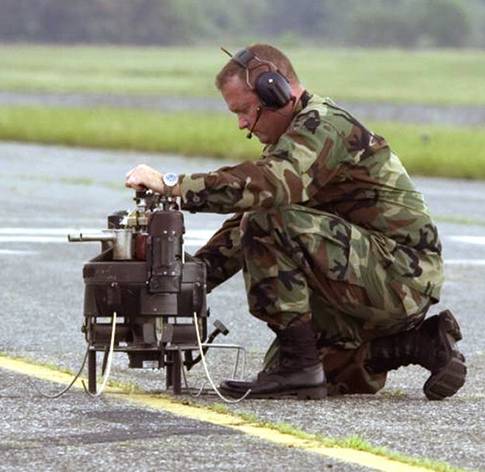
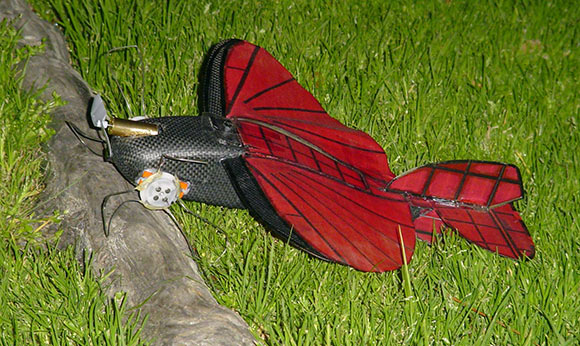
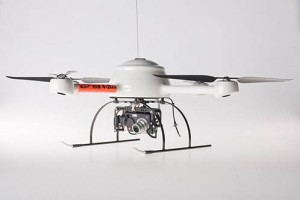
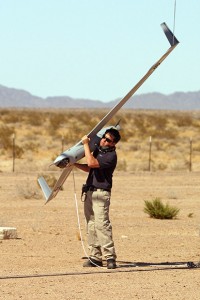




Comments